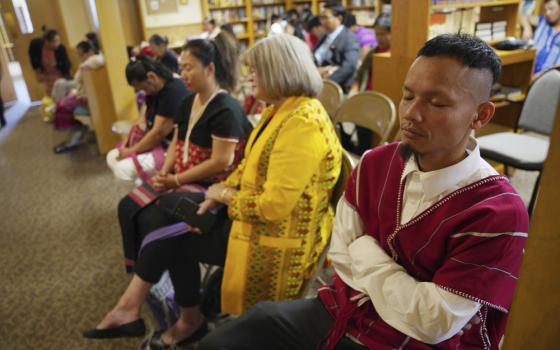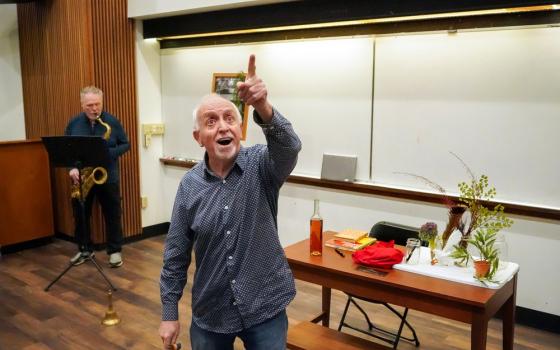I have to confess, I was a bit upset by the lead story under the fold of The Wall Street Journal today: A global surge in tiny loans spurs credit bubble in a slum.
That has attracted private-equity funds and other foreign investors, who've poured billions of dollars over the past few years into microfinance world-wide.
Microloans range from a few dollars to a few hundred. Tiny. The capitalists got involved with this "social experiment," becase its offers dependable returns. The granddaddy of all microlenders, the 30-year-old Grameen Bank of Bangladesh, reports repayment rates of nearly 98 percent.
Leave it to the capitalists to screw it up. The Journal article continues:
"We fear a bubble," says Jacques Grivel of the Luxembourg-based Finethic, a $100 million investment fund that focuses on Latin America, Eastern Europe and Asia, though it has no exposure to India. "Too much money is chasing too few good candidates."
These johnny-come-latelies should have done their homework better. Catholic Relief services has had microfinance programs for two decades, reaching the poorest areas of the world.
Why have they been successful? Check out CRS's Microfinance Principles. Here are a few:
We connect the size of a client's loan to the amount of that client's savings to ensure that they are building wealth as they borrow.
Use solidarity guarantees
Group-guaranteed loans replace collateral. Solidarity guarantees work by linking new loans to on-time repayment of past loans. A self-selected group of clients guarantee each other's loans with the understanding that no one in the group will receive a new loan until each member's previous loan is repaid.
Practice participatory management
Clients are directly involved in the management and administration of the services they receive, from voting on loan applications to collecting payments from other borrowers. In this way, CRS guarantees the inclusion of those most affected by these major decisions.
These microfinance principles might be summarized as: it takes a village to make a loan.



